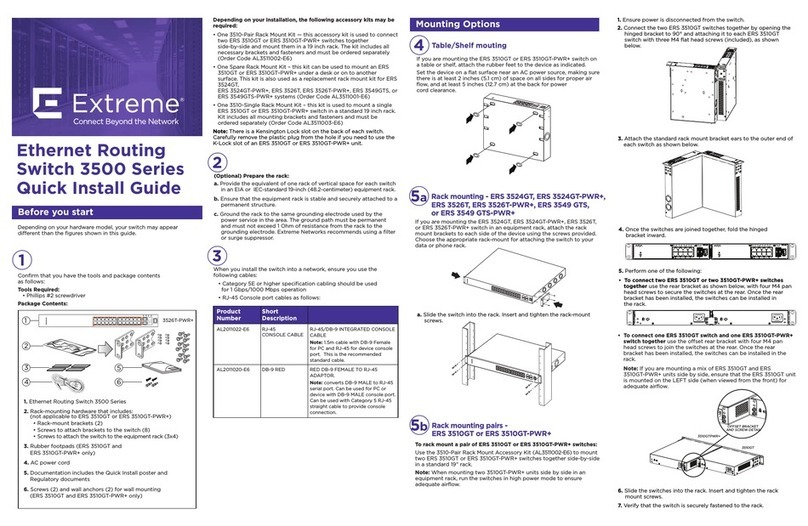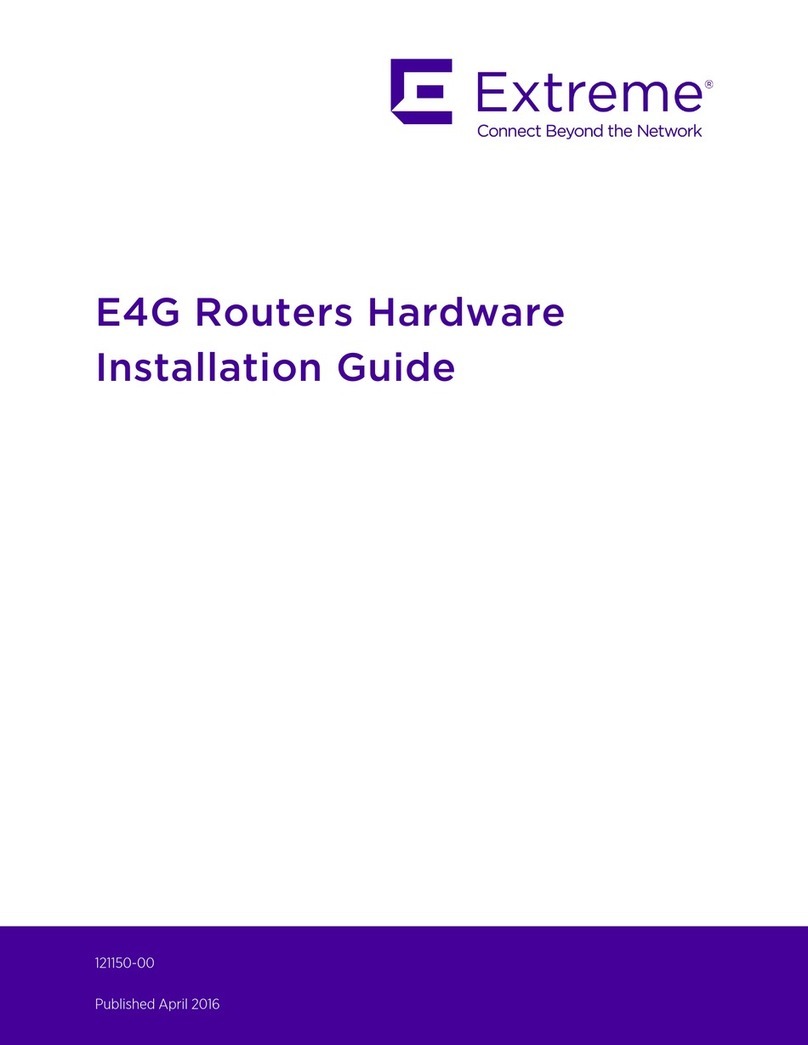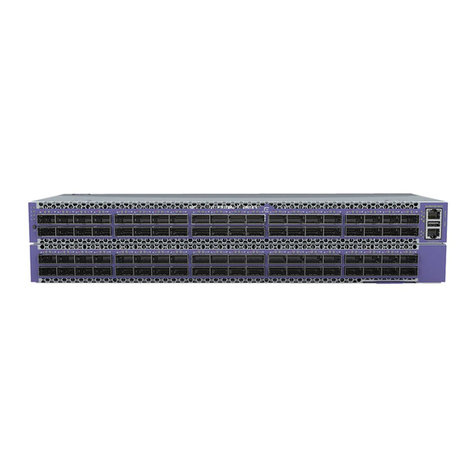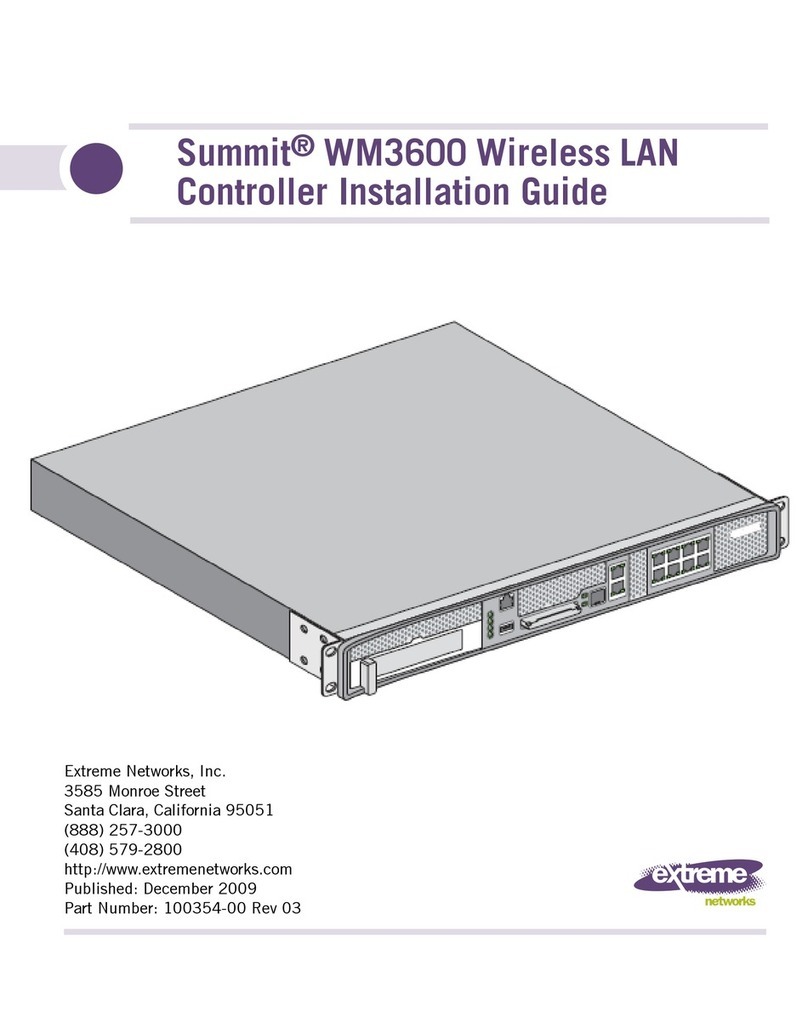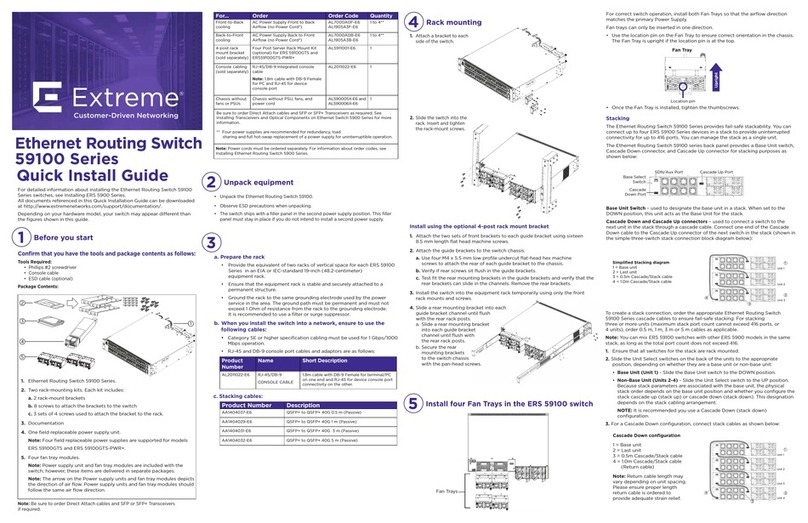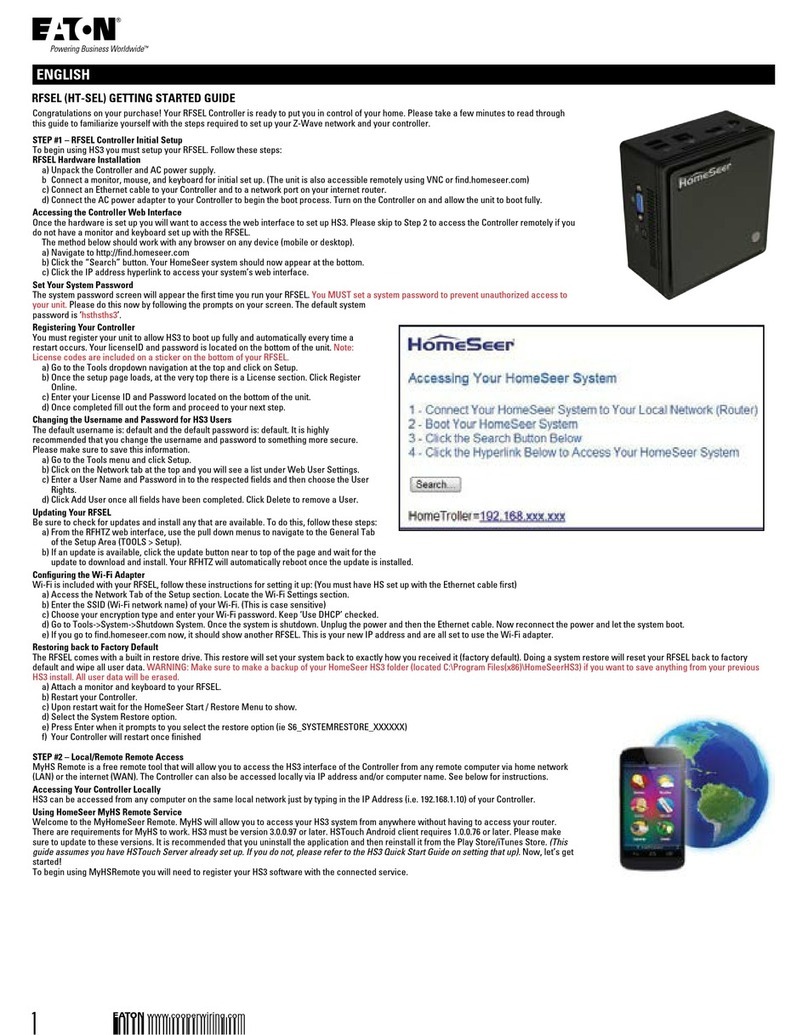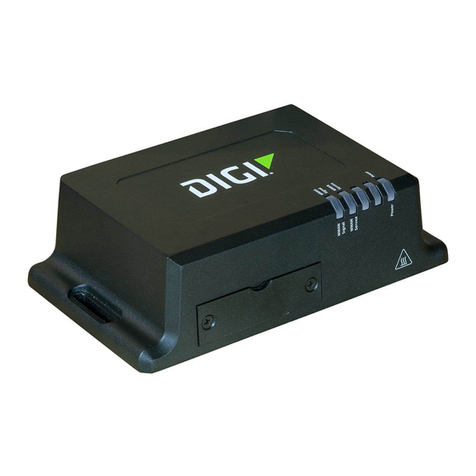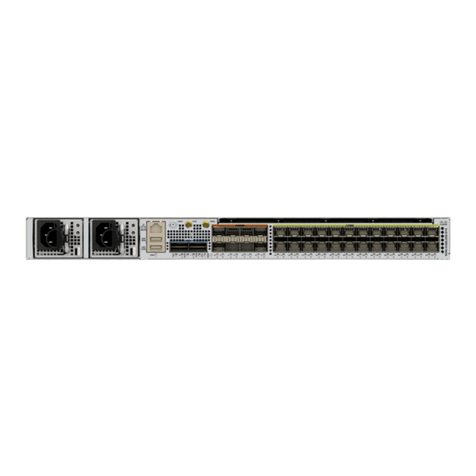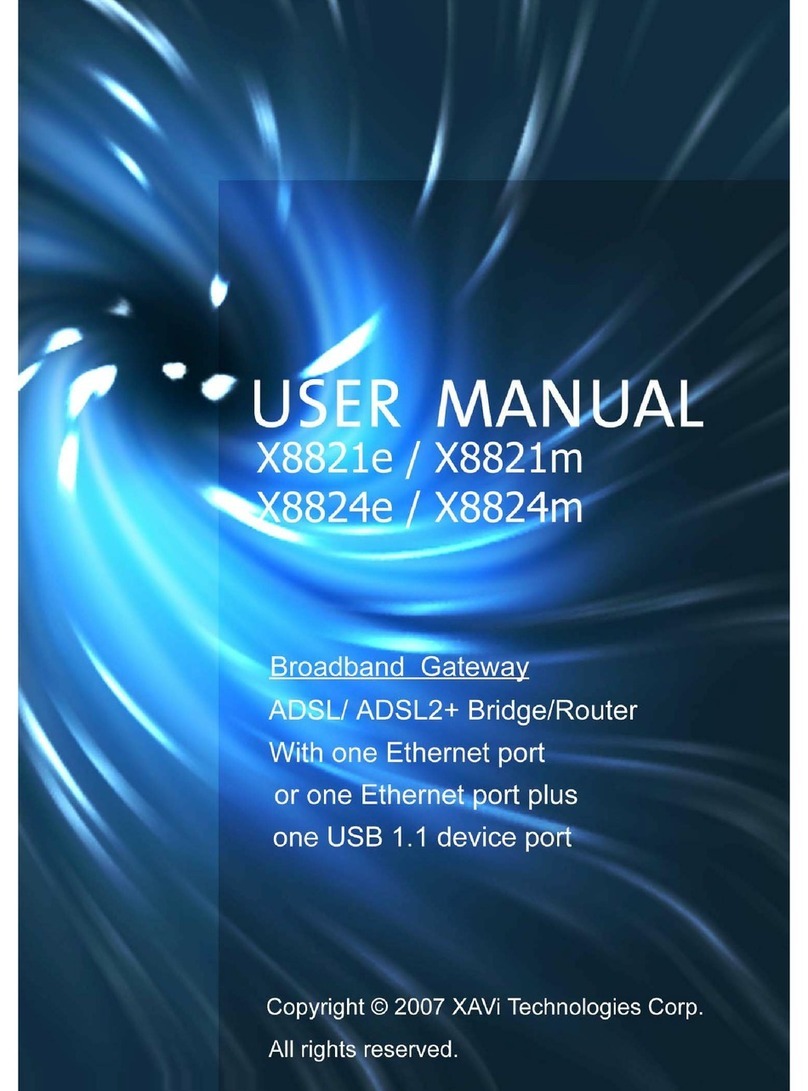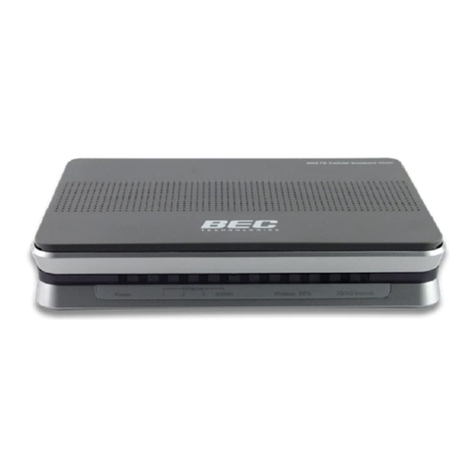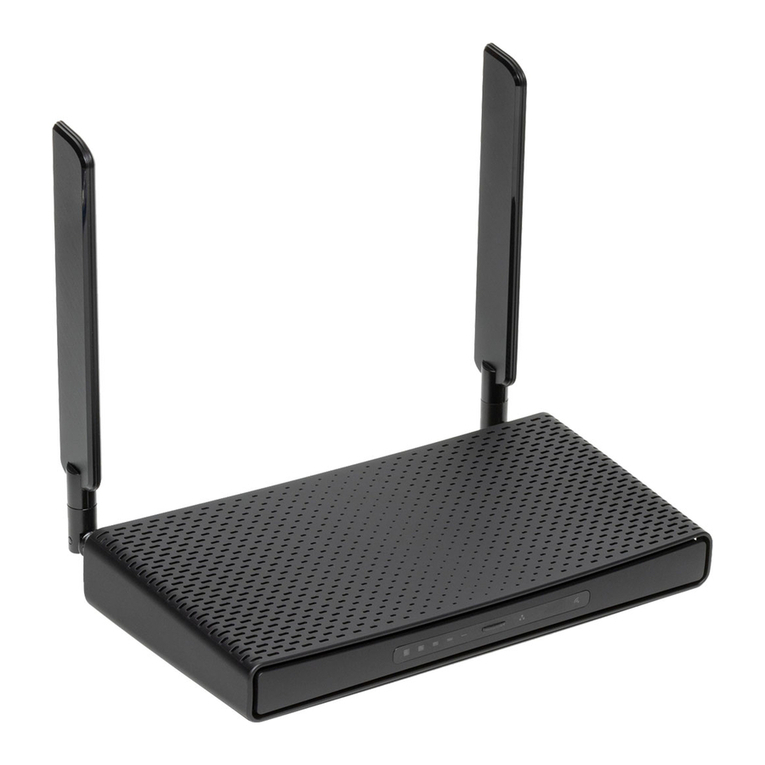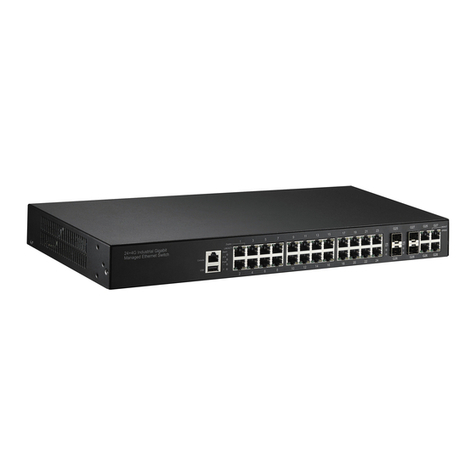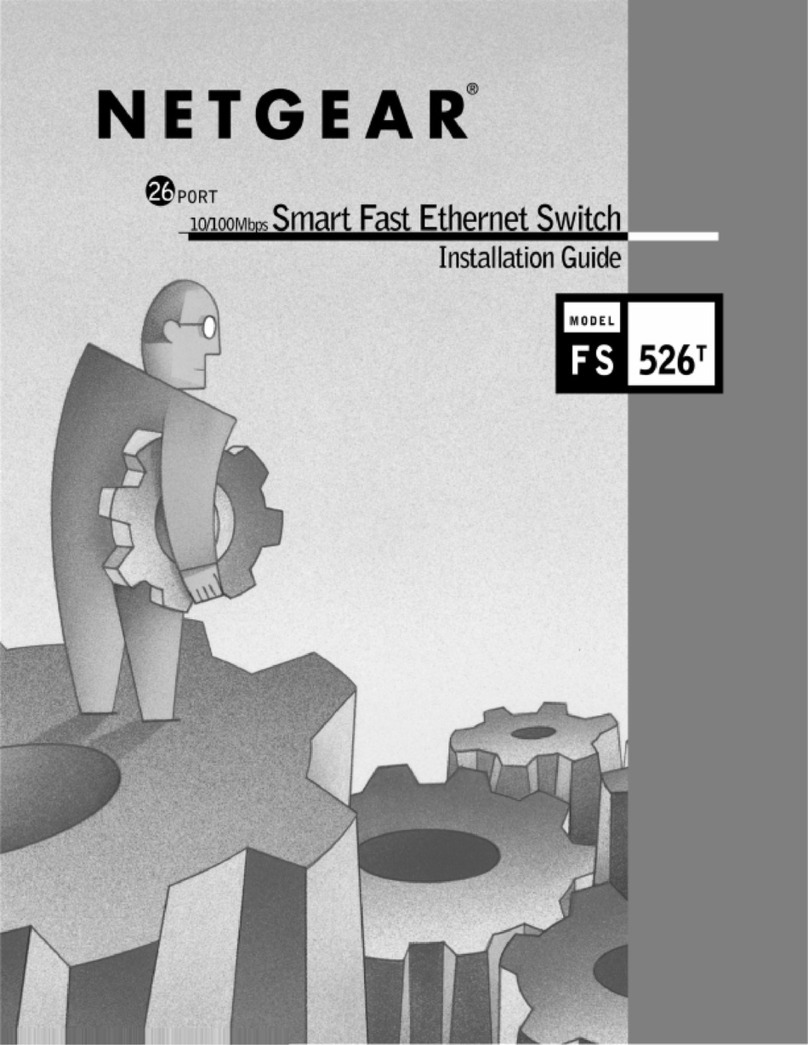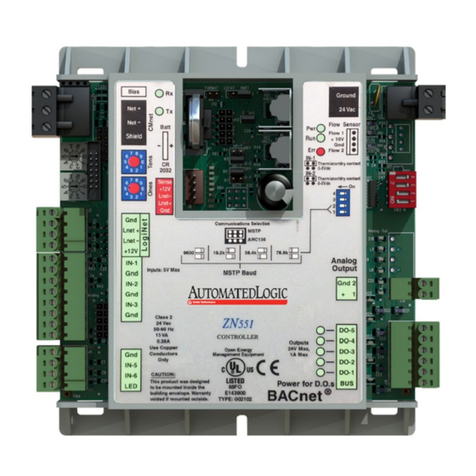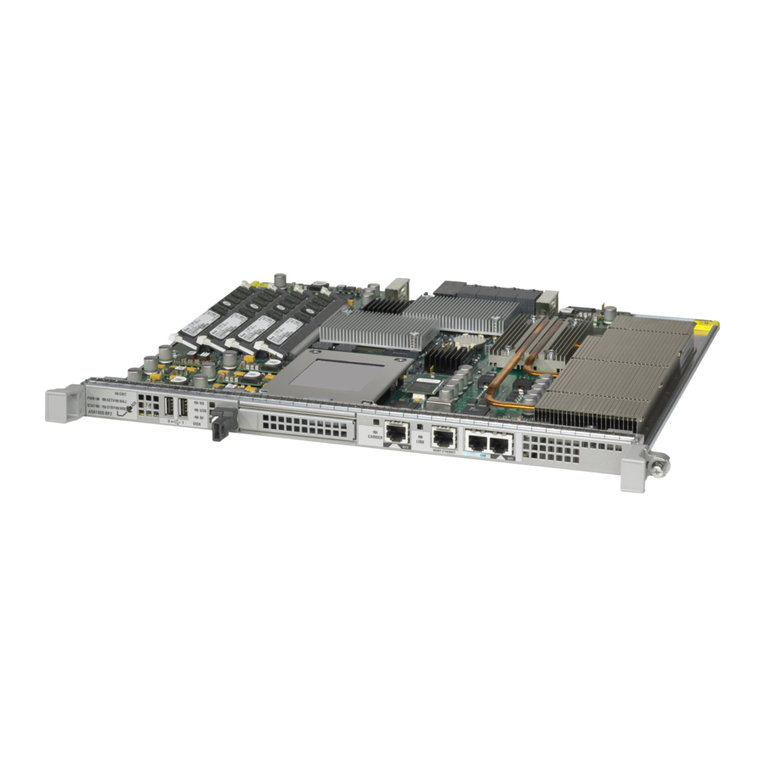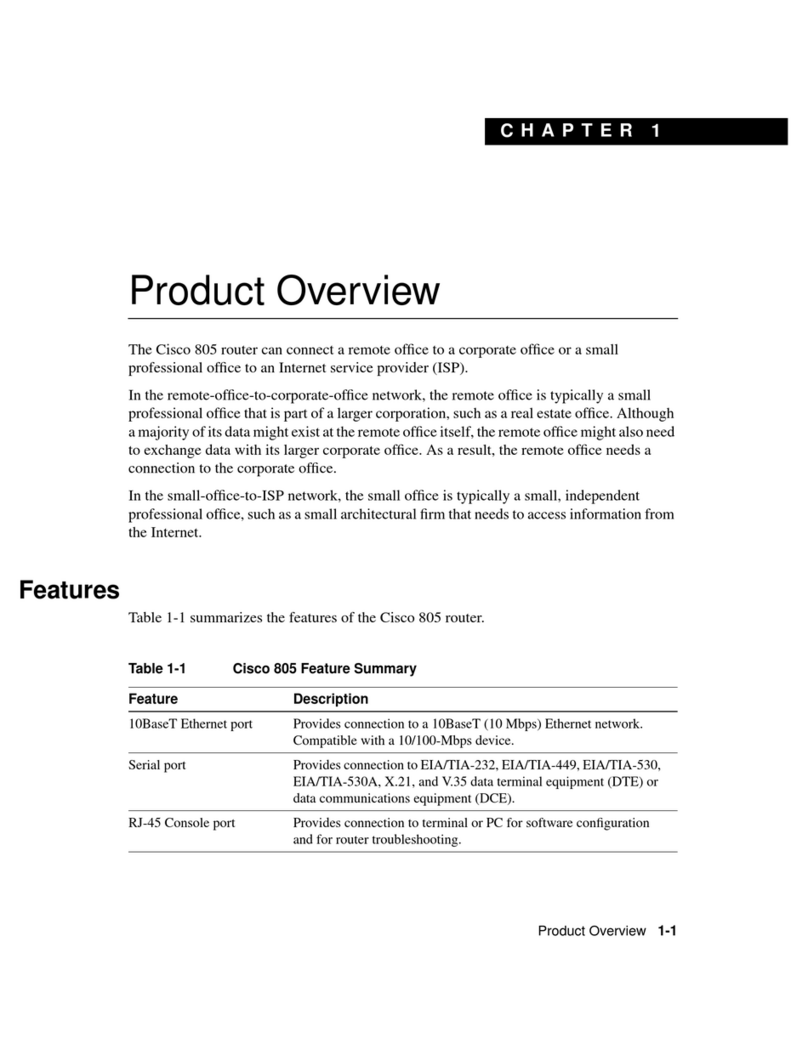
Contents
E4G Series Routers Hardware Installation Guide
4
Cabling Standards...........................................................................................................................................38
Cable Labeling and Record Keeping ..............................................................................................................38
Installing Cable................................................................................................................................................38
Fiber Optic Cable .....................................................................................................................................40
Cable Distances.......................................................................................................................................41
RJ-45 Connector Jackets................................................................................................................................42
Radio Frequency Interference.........................................................................................................................42
Meeting Power Requirements ................................................................................................................................43
Power Supply Requirements...........................................................................................................................43
AC Power Cables............................................................................................................................................43
Uninterruptible Power Supply Requirements ..................................................................................................44
Selecting a UPS.......................................................................................................................................44
Calculating Volt-Amperage Requirements...............................................................................................44
UPS Transition Time................................................................................................................................45
DC Power Requirements ................................................................................................................................45
Applicable Industry Standards................................................................................................................................45
Chapter 3: Installing an E4G Series Router ...........................................................................................47
Pre-installation Requirements ................................................................................................................................47
Installing the E4G-200 Series Cell Site Routers.....................................................................................................48
Installing the Router in the Rack .....................................................................................................................49
Grounding the Router......................................................................................................................................50
Preparing the DC Power Input Cable..............................................................................................................51
Connecting the Router to DC Power...............................................................................................................52
Installing and Connecting a Clock Module ......................................................................................................53
Connecting Timing Cables to the E4G-200 Series Router.......................................................................54
Installing a T1/E1 Module................................................................................................................................54
Connecting the Alarms Cable .........................................................................................................................55
Installing the E4G-400 Cell Site Aggregation Router .............................................................................................56
Mid-Mounting an E4G-400 Router in a Two-Post Rack ..................................................................................57
Front-Mounting an E4G-400 Router in a Two-Post Rack................................................................................58
Installing an AC Power Supply........................................................................................................................59
Installing a DC Power Supply..........................................................................................................................60
Preparing the DC Cables .........................................................................................................................60
Installing the DC Power Supply ...............................................................................................................61
Connecting the Ground Wire ...................................................................................................................62
Connecting the Power Supply to the DC Source Voltage ...............................................................................63
Connecting the Model 10933 DC power supply to a +24V source ..........................................................64
Connecting the Model 10933 or 10934A DC power supply to a -48V source..........................................65
Installing Port Option Cards ............................................................................................................................67
Connecting Timing Cables to the E4G-400 Router.........................................................................................69
Connecting Cables to the E4G-B16T1E1 Module...........................................................................................69
Initial Startup ..........................................................................................................................................................71
Initial Management Access ....................................................................................................................................71
Connecting Equipment to the Console Port ....................................................................................................71
Logging In for the First Time ...........................................................................................................................71
PART 3: MAINTENANCE
Chapter 4: Maintenance Procedures ......................................................................................................75
Replacing an AC Power Supply in the E4G-400 Router ........................................................................................75
Replacing a DC Power Supply in the E4G-400 Router ..........................................................................................78
Removing the Power Supply...........................................................................................................................78
Installing the Replacement Power Supply.......................................................................................................79
Connecting the Ground Wire...........................................................................................................................80
Connecting the Power Supply to the DC Source Voltage ...............................................................................80
Connecting the Model 10933 DC power supply to a +24V source ..........................................................81
